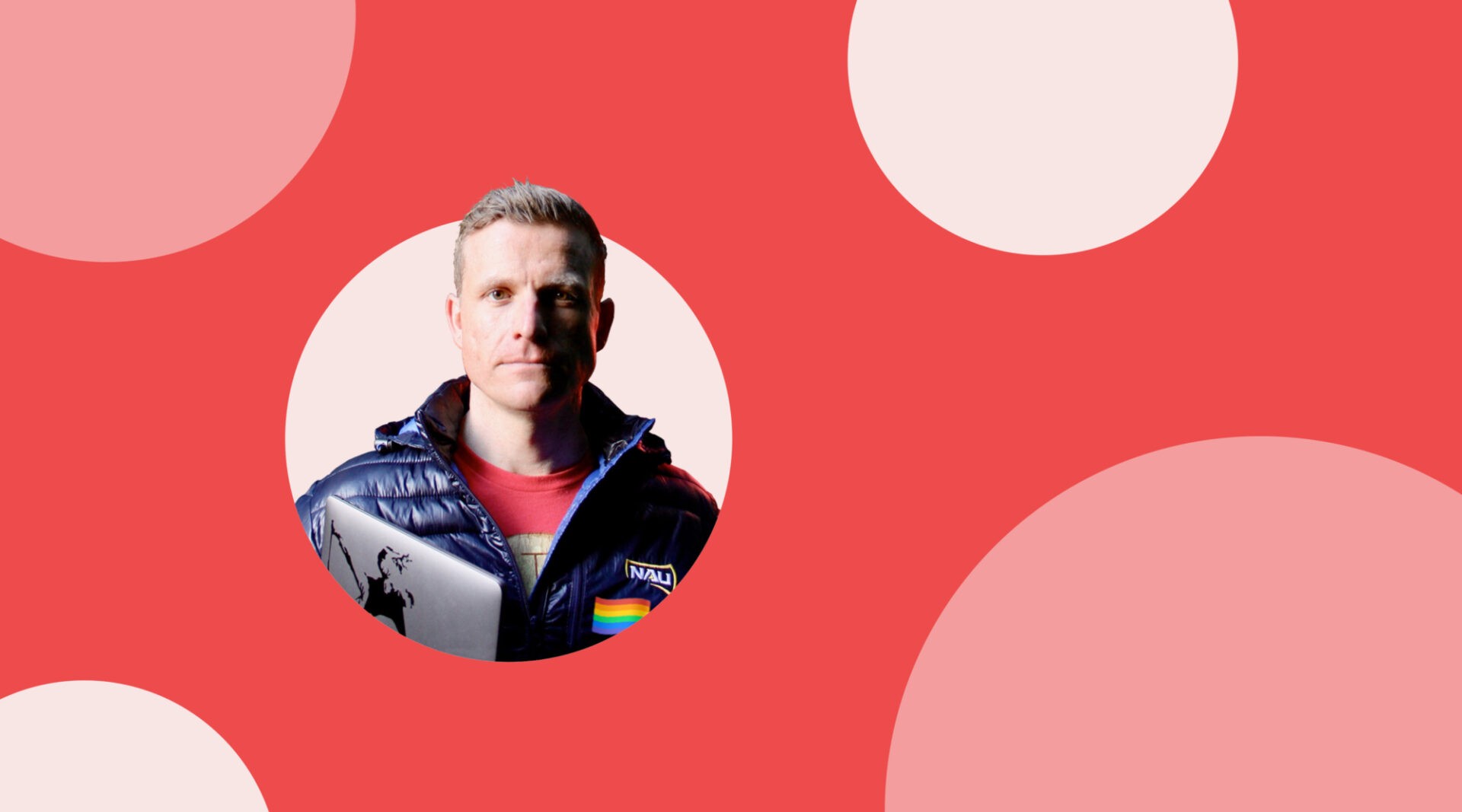Colin Orion Chandler
he/him
Colin Orion is a planetary scientist at Northern Arizona University (NAU) studying active asteroids and what they can tell us about where water exists in the Solar System and how it arrived on Earth.
Highlights
Co-founded an IT consulting company in San Francisco
Majored in Japanese before switching to astrophysics
Studies active asteroids with the help of over 4000 citizen scientists
The solar system is filled with comets that spew lots of gas and dust and relatively calm asteroids that don’t spew gas and dust…but did you know there are objects in between? Colin Orion Chandler, a scientist at Northern Arizona University (NAU), studies these in-between objects, called “active asteroids,” to learn about where water exists in the Solar System and how it arrived on Earth—because astronomers now believe it probably didn’t all come from comets.
Astronomers used to classify Solar System objects as either comet-like or asteroid-like. But binary classification systems often don’t allow for nuance and variation. In the Solar System we now know about “active asteroids,” which orbit the Sun along similar paths as asteroids but blow off gas and dust like comets. Colin Orion notes that their activity is usually much fainter and harder to find than comets’ activity, so he relies on the sensitive Dark Energy Camera at the Cerro Tololo Inter-American Observatory and lots of help from citizen scientists of his Active Asteroids Zooniverse project.
Because they’re so hard to find, only about 30 active asteroids have been discovered since 1949. But how many are actually out there? As Colin Orion puts it, “I’m an optimist and think we’ll find activity as far as we look.” But because so few are known, astronomers don’t know for sure why these asteroids are active. Ices (like water ice) likely play a role, since that’s why comets are active, and knowing how many active asteroids are out there and where they are will help astronomers understand where water exists in the Solar System. Rubin Observatory’s sensitive camera will be able to detect the super-faint activity around active asteroids that are currently disguised as regular asteroids, so its images will contain lots of these objects…and the Legacy Survey of Space and Time (LSST) will take lots of images.
Scientists will need help studying all of these images to spot active asteroids, so they’ll enlist the help of citizen scientists, who (at least so far) are better than computers at recognizing patterns in images. Already, citizen scientists with Colin Orion’s Active Asteroids project have been crucial for finding faint activity around objects in his images. He hopes that the thousands of images already classified through Active Asteroids will help scientists develop software that can automatically detect activity around objects in the LSST’s millions of images. Ultimately, the data from the LSST will finally allow astronomers like Colin Orion to study active asteroids as an entire population, rather than as individual objects, enabling them to map out where all the water is (and came from) in the Solar System.
Colin Orion’s path to a PhD in astrophysics wasn’t straightforward. Astronomy has always been part of his life—after all, his middle name is Orion. As an adult, he ran an IT consulting company in San Francisco, California until his boyfriend, Mark, convinced him to go back to school for astrophysics. Now part of NAU’s first PhD cohort in planetary science, Colin Orion initially thought he’d study the atmospheres of exoplanets, but a class project on active asteroids hooked him and since then, he’s focused on objects closer to home.
Outside of PhD life, Colin Orion enjoys taking advantage of winter in Flagstaff, Arizona through classic cross-country skiing, skate skiing, downhill skiing, and snowboarding. When the snow melts, he also enjoys cycling and mountain biking. An avid traveler, the COVID-19 pandemic has put a damper on his ability to explore new countries, but he’s looking forward to finally visiting the Cerro Tololo Inter-American Observatory in Chile someday. His favorite place, though, is Japan—he has family there, and he even majored in Japanese before switching to astrophysics!
While Colin Orion’s path hasn’t been easy, he’s found a supportive community at NAU and within Rubin Observatory/LSST. “I’m a gay person with a disability and Rubin/LSST have gone out of their way to make me feel welcome,” he says. “I sometimes can't believe it because of everything that I've been through in my life.” Reflecting on his experiences, he had this advice: “I was going to say ‘be stubborn,’ but it’s really ‘be persistent.’ Maybe to the point of being stubborn.”
Lightning round Q&A: Get to know Colin Orion better!
If you were in the Olympics, what would your sport be?
Cross country skiing, classic or skate style.
What’s a food or meal you could eat for a week straight?
I could eat pizza all the time - I like pepperoni, pineapple, and green chiles.
If you didn’t have to sleep, what would you do with the extra time?
I probably would work on more science - I’m just interested in too many things.
If you could travel in time to any period in the Earth’s history, what time period would it be?
It would be really awesome to be here when there were still dinosaurs.
What is your most used emoji?
Smiley face, of course.

